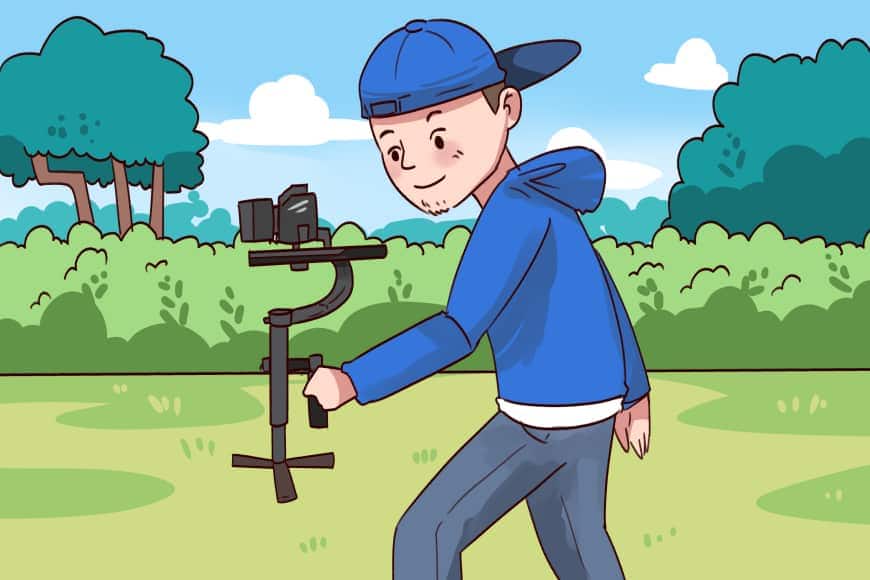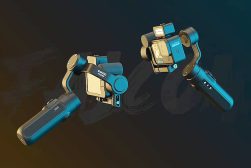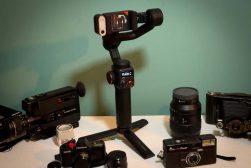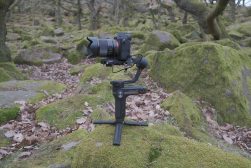How does a camera stabilizer work?
Camera stabilizers are critical pieces of film equipment that allow you to attach your camera to rigs that keep your camera steady. Learn how they work.
Camera stabilizers are critical pieces of film equipment that allow you to attach your camera to rigs that keep your camera steady. Keep reading to learn how they work and why they’re an essential part of any film project.
The best camera stabilizers have a pole, grip and light weights that counterbalance your movements to help you achieve smooth, balanced shots.
The weight of the stabilizer counteracts any weight or movement from the camera that can cause it to shake or wobble.
What is the difference between a gimbal and a stabilizer?

A camera stabilizer is basically a child safety seat that protects your camera’s position —securing it firmly in place during bumpy rides while filming.
So, what is a stabilized camera? It is simply a camera that uses internal or external factors (or both) to produce shake and bump-free videos.
How do camera stabilizers work? They use several techniques and technologies that minimizes or outright eliminates vibrations that can affect the quality of the videos.
You can sometimes stabilize your camera without a stabilizer, but depending on the size and weight of your rig and its application, you may need to rely on one for your moviemaking.
A gimbal is a device that operates on a motor to exert force and negate external movement. Gimbals are ideal for action cameras without built-in stabilization features, letting you enjoy outdoor adventures without worrying about bumps.
A two-axis gimbal helps correct a camera that moves backwards and forward or side to side. It isn’t ideal for cameras with yaw-axis movement, which is a job for a three-axis gimbal.
A three-axis gimbal can deter these shakes from the axis for clearer footage. Although it weighs more than a standard two-axis gimbal with its extra pivot, it also has an extra motor for enhanced stability.
And while the extra stability is great, the additional motor consumes more battery, so the runtime of a three-axis gimbal can be shorter than that of a two-axis gimbal.
Thankfully, both camera stabilizers and gimbals are fairly easy to assemble and use. Both can be costly, but gimbals tend to be more expensive than gimbals since they’re motorized.
Gimbals are advanced film equipment compared to mechanical stabilizers, but both serve a significant purpose. Gimbals are perfect for capturing outdoor action footage, while stabilizers are perfect for film studio use.
If you’re a budding filmmaker or pursuing professional photography, we encourage stabilizers and gimbals when timing and budget allow. Check out this article from the Nashville Film Institute to learn more.













